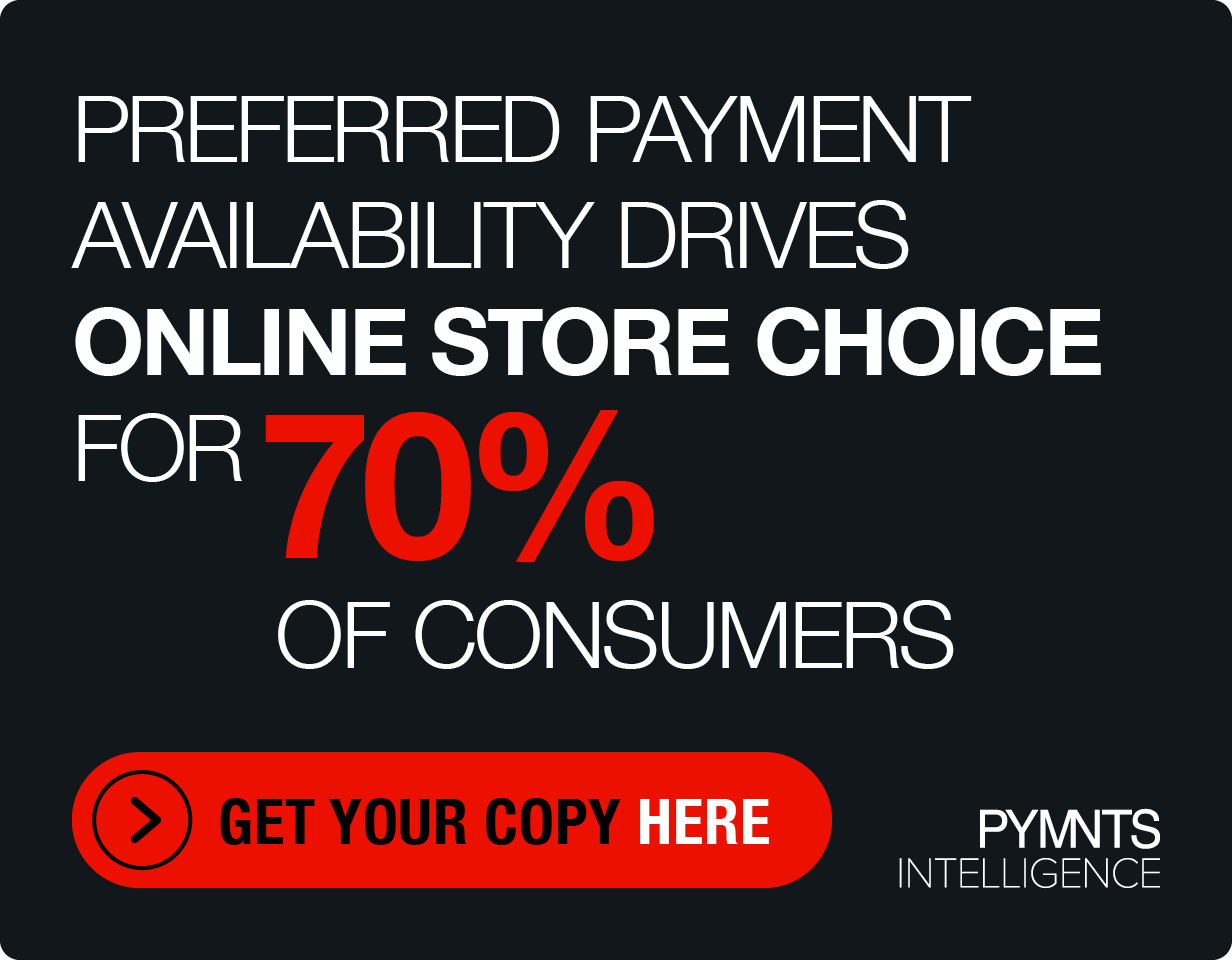Avoiding The Bait-And-Switch Of Small Business Finance

Trust is a vital component in the small- to medium-sized business (SMB) lending relationship, but it can be especially hard to come by in times when access to capital is limited.
SMB borrowers today are faced with an interesting conundrum. While the number of sources that can facilitate access to capital could shrink, the number of financial products available on the market today designed for SMBs continues to grow.
While SMB owners are intelligent, they are busy, and they often lack the time it takes to get fully educated on which products might be most appropriate for their unique needs. Flo Co-founder Ryan Ridgway told PYMNTS what he expects to see in an SMB landscape in the coming months, and the importance of financial service providers collaborating with borrowers to heighten understanding and awareness of loan product choice.
In the absence of a well-educated borrower, he warned, bad actors may jump at the opportunity to step in and connect SMBs with capital that could do more harm than good.
What Lies Ahead
Over the last year, the introduction of the Paycheck Protection Program (PPP) has revealed just how crucial it is for both traditional and alternative lenders to provide a digital-first, friendly user experience for SMB borrowers.
But when the PPP initiative inevitably winds down, what remains could be an ecosystem of traditional lenders without the risk appetite to finance SMBs, and a community of FinTechs that may be slow to fill the gap.
“A lot of business lending marketplaces have paused funding altogether or tightened up their underwriting criteria,” said Ridgway. “Most of them are almost exclusively focused on PPP. Those funds will be exhausted sometime late-April, early-May, which is coming up really quickly. My concern is that some of those lenders may have pivoted so heavily into PPP and might be slow to re-enter the market.”
There is also likely to be market consolidation ahead, he predicted. As more banks and non-bank lenders begin to integrate the same kinds of technologies, whether it be Plaid’s data aggregation capabilities or the know your customer (KYC) and onboarding automation tools of other tech providers, Ridgway said he foresees more industry players finding value in merging.
With that in mind, SMBs may eventually find that there are fewer sources of capital to approach when in need. But more of a concern for Ridgway is the threat SMBs face of not being able to access the right kind of capital.
The Bait-And-Switch
From supply chain finance to a revolving line of credit, the list of finance products designed for SMBs is long. And not every product is best suited for every use case.
There is often a bait-and-switch tactic that some lending companies use to capture business, noted Ridgway.
“Even incumbents in the space can dangle the carrot with a particular product, only to unfortunately place a merchant or a borrower into a different product, which may not be great for their business,” he said.
That different product, he continued, is often the merchant cash advance (MCA). It’s a tool that has, in recent years, attracted negative attention, sometimes likened to the payday loan of the SMB borrowing world.
It’s not that the MCA is inherently bad, said Ridgway. For a high-margin business, the MCA can indeed be a tool that supports growth and can connect businesses to much-needed working capital. The problem arises when an SMB with thin margins is pushed into the MCA under the guise of affordable rates.
Players within the transportation or construction space, for instance, are rarely a good fit for the MCA thanks to a low frequency of deposits.
“It’s not really fair to look at that business’s revenue on a month-over-month basis,” he added. “They are getting siphoned into these daily payment advances with egregious rates, and [MCAs] end up doing more harm than good.”
In another example of how SMB loans can be mismatched to the borrower, Ridgway highlighted cases in which a SMBs, looking to finance a three-month marketing blitz, are pushed into a credit instrument that may require repayment for years to come.
Other potential pitfalls occur when a firm will advertise attractive terms to bait a business borrower, only to switch what’s actually available for that SMB. As Ridgway explained, these rates are advertised merely as a way to start the conversation with an SMB.
“A lot of this is just smoke and mirrors and marketing, and a means of getting a client,” he noted.
Often, SMBs aren’t even sure exactly what type of products they need for their particular scenario. It creates a vast opportunity for the SMB lending industry to continue its strive toward a better borrowing experience, not only through digitization and speed, but through a more ethical approach to financing. Ridgway said this will require an effort by lenders to educate the borrower community, as well as for brokers to take on greater responsibility in the financing process.
“It needs to be greater accountability,” he said. “Helping small businesses disseminate between the different credit instruments and correlating it back to the use case of funds is a really important thing that needs to be done.”
